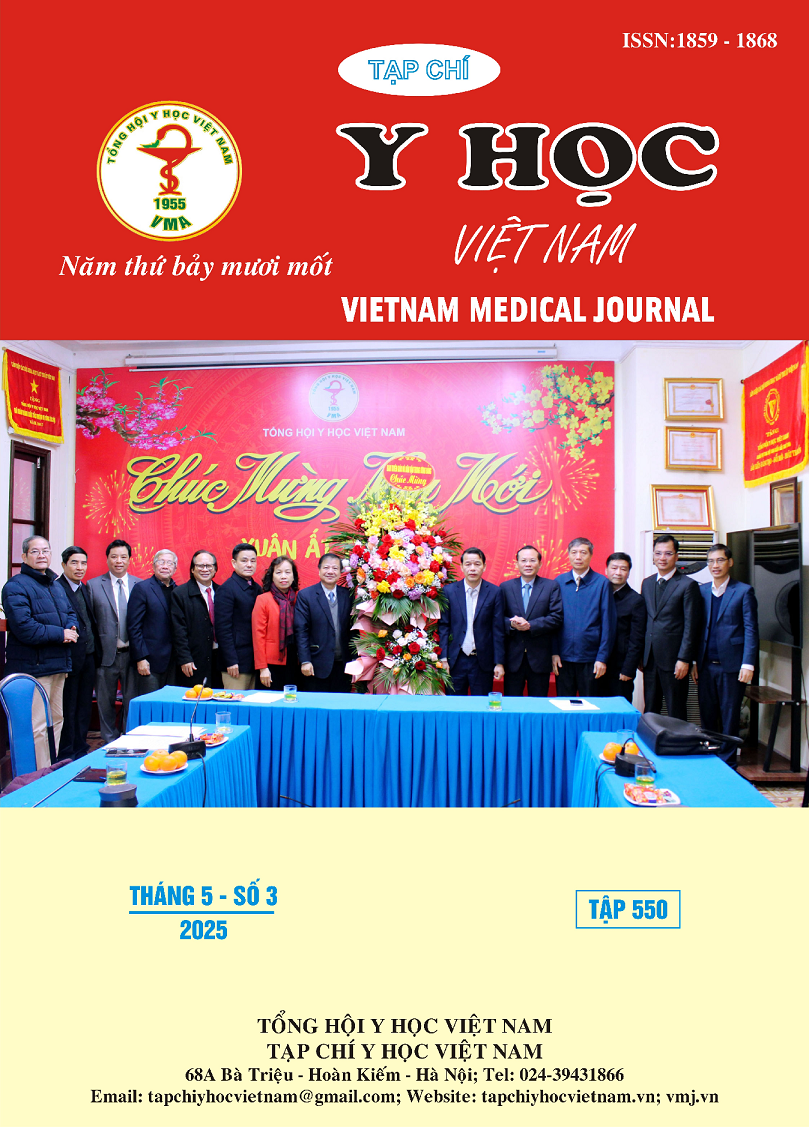KẾT QUẢ ĐIỀU TRỊ BỆNH NHÂN HẠNG III XƯƠNG VỚI KHÍ CỤ FACEMASK KẾT HỢP VỚI ỐC NONG NHANH
Nội dung chính của bài viết
Tóm tắt
Mục tiêu: Đánh giá thay đổi răng, xương hàm và mô mềm trên phim sọ nghiêng ở bệnh nhân hạng III xương được điều trị bằng khí cụ facemask kết hợp ốc nong nhanh (RME). Đối tượng và phương pháp nghiên cứu: Nghiên cứu trên 15 bệnh nhân (11 nam và 4 nữ) tuổi từ 7-11 tuổi được chẩn đoán hạng III xương do hàm trên kém phát triển đến điều trị tại bệnh viện Răng Hàm Mặt Trung Ương thành phố Hồ Chí Minh (RHM TW TPHCM). Kết quả: Xương hàm trên di chuyển ra trước 1 mm, và xương hàm dưới xoay xuống dưới và ra sau 3 độ, làm tăng chỉ số Wits và ANB lần lượt là 3,98 mm và 4 độ (p<0,05). Điểm B di chuyển xuống dưới 4 mm và ra sau 4,83 mm (p<0,05). Phân tích thay đổi răng cho thấy răng cửa hàm trên trồi 1,5 mm và di chuyển ra trước 1,29 mm (p<0,05) nhưng trục răng so với nền sọ thay đổi không có ý nghĩa thống kê. Độ cắn chìa tăng 6,51 mm, và thẩm mỹ mặt cải thiện với sự tăng góc mặt N-A-Pog lên 8 độ, tăng độ nhô môi trên 1,6 mm và giảm độ nhô môi dưới 0,64 mm (p<0,05). Kết luận: Điều trị hạng III xương với khí cụ facemask kết hợp với ốc nong nhanh cải thiện được tương quan xương và thẩm mỹ mặt mà ít làm nghiêng răng cửa hàm trên ra ngoài.
Chi tiết bài viết
Từ khóa
khí cụ facemask, ốc nong nhanh, sai khớp cắn hạng III
Tài liệu tham khảo
2. Ellis E., 3rd, McNamara J. A., Jr. Components of adult Class III malocclusion. Journal of oral and maxillofacial surgery: official journal of the American Association of Oral and Maxillofacial Surgeons. May 1984;42(5):295-305.
3. Foersch M., Jacobs C., Wriedt S., Hechtner M., Wehrbein H. Effectiveness of maxillary protraction using facemask with or without maxillary expansion: a systematic review and meta-analysis. Clinical oral investigations. Jul 2015;19(6):1181-92.
4. Baccetti Tiziano, Reyes Brian C, McNamara Jr James A. Gender differences in Class III malocclusion. The Angle orthodontist. 2005;75(4):510-520
5. Kayafoğlu Göksu Emek, Esenlik Elçin. Comparison of Rapid Maxillary Expansion and Alternate Rapid Maxillary Expansion and Constriction Protocols with Face Mask Therapy. Turkish Journal of Orthodontics. 2023;36(4):231.
6. Liu Weitao, Zhou Yanheng, Wang Xuedong, Liu Dawei, Zhou Shaonan. Effect of maxillary protraction with alternating rapid palatal expansion and constriction vs expansion alone in maxillary retrusive patients: a single-center, randomized controlled trial. American Journal of Orthodontics Dentofacial Orthopedics. 2015; 148(4):641-651.
7. Ozbilen Elvan Onem, Yilmaz Hanife Nuray, Kucukkeles Nazan. Comparison of the effects of rapid maxillary expansion and alternate rapid maxillary expansion and constriction protocols followed by facemask therapy. The Korean Journal of Orthodontics. 2019;49(1):49-58
8. Rutili Valentina, Souki Bernardo Quiroga, Nieri Michele, et al. Long‐term effects produced by early treatment of Class III malocclusion with rapid maxillary expansion and facemask followed by fixed appliances: A multicentre retro‐prospective controlled study. Orthodontics Craniofacial Research. 2024;27(3):429-438


